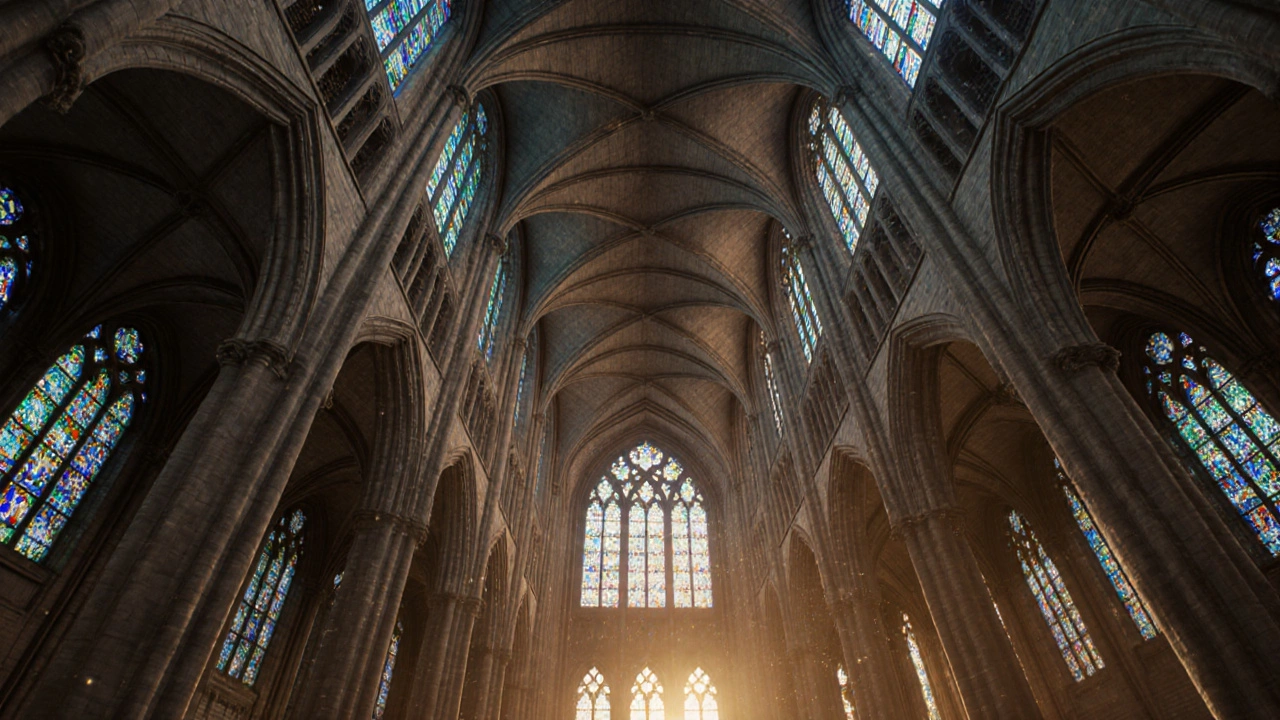Flying Buttress: Definition, History, and Influence
When working with Flying Buttress, an external arched support that transfers roof thrust to a separate pier, allowing taller walls and larger windows in medieval cathedrals. Also known as external buttress, it became essential for the soaring interiors of Gothic churches, the structure revolutionized how architects tackled weight and space. The flying buttress isn’t just a decorative element; it’s a clever engineering solution that lets stone walls reach sky‑high without buckling.
Why Flying Buttresses Matter
In the world of Gothic architecture, a medieval style marked by pointed arches, ribbed vaults, and expansive stained‑glass windows, the flying buttress serves as the backbone. It enables the style’s hallmark feature: walls that seem to float while huge windows pour light inside. This relationship creates a clear Semantic Triple: Flying buttress enables Gothic architecture to achieve higher walls. At the same time, medieval cathedral, large, stone‑built churches built from the 12th to 16th centuries benefits directly; the buttresses allow its nave to rise without massive interior supports. Another triple links the structural side: Flying buttress requires precise structural engineering, tying the design to the science of forces and load paths.
Architects also paired the buttress with the rib vault, a ceiling framework of intersecting stone ribs that channels weight toward the corners. The ribs push outward, and the flying buttress catches that thrust, sending it down to the ground. This synergy—rib vaults, pointed arches, and buttresses—forms a functional system that reshaped European skylines. Without it, the dramatic light‑filled interiors we admire in Notre‑Dame or Chartres would never have been possible.
From a practical standpoint, builders had to master stone cutting, precise geometry, and careful sequencing. The process involved erecting temporary wooden scaffolding, shaping the curved arch, and anchoring the pier into solid foundation. This construction choreography shows another triple: Flying buttress demands skilled masonry and accurate geometry. The result was a structure that not only looked elegant but also stood the test of centuries.
Today, the flying buttress still informs modern architecture. Sustainable designers cite its efficient load transfer as inspiration for lightweight steel frames and tension‑based façades. Even when you see a contemporary museum with exposed structural ribs, you’re witnessing the ghost of the medieval solution.
Below you’ll find a curated set of articles that dive deeper into each of these angles—how the buttress changed design, the engineering tricks behind it, and its cultural impact across centuries. Whether you’re an architecture student, a heritage enthusiast, or just curious about the stone arches that shaped Europe, the collection offers clear explanations, visual guides, and practical takeaways. Explore the range of topics and see how the flying buttress continues to inspire today’s built environment.

Gothic Architecture - How Art Meets Engineering in Medieval Cathedrals
Explore how Gothic architecture blends soaring stone engineering with vibrant art, from flying buttresses and rib vaults to stained‑glass marvels, and see its lasting impact on modern design.
Read more